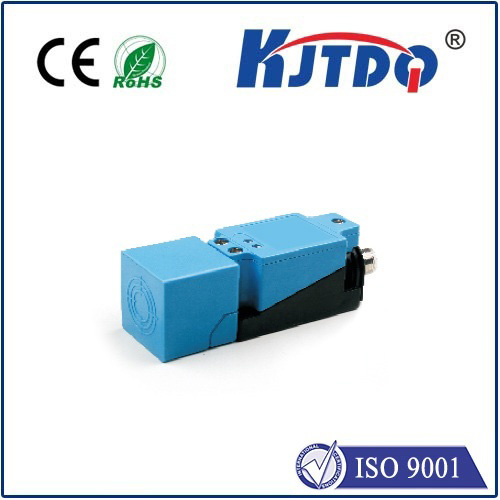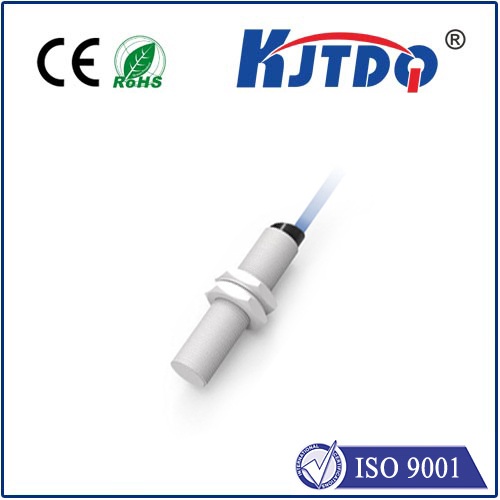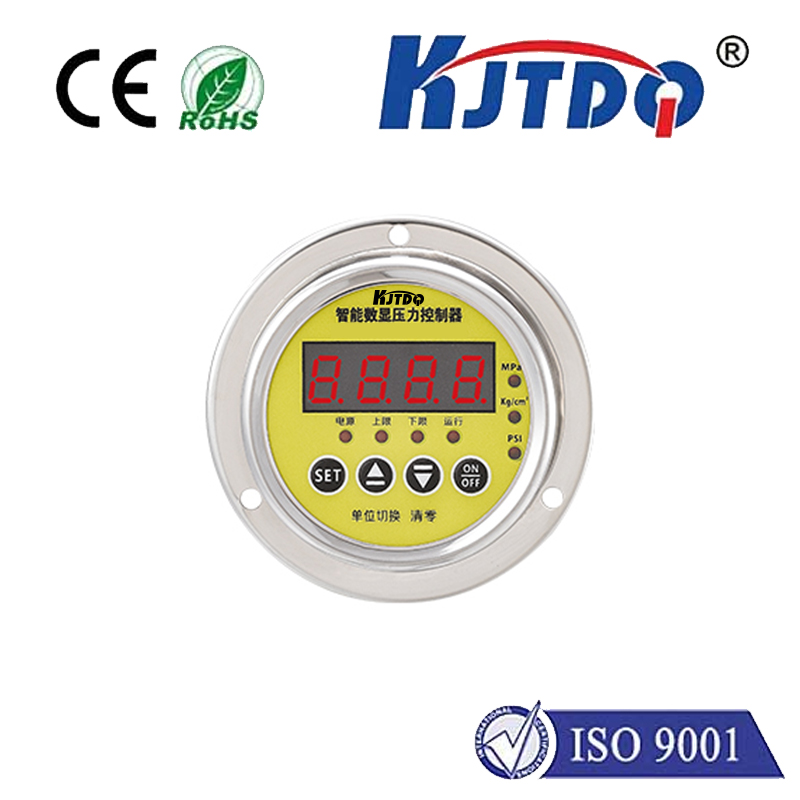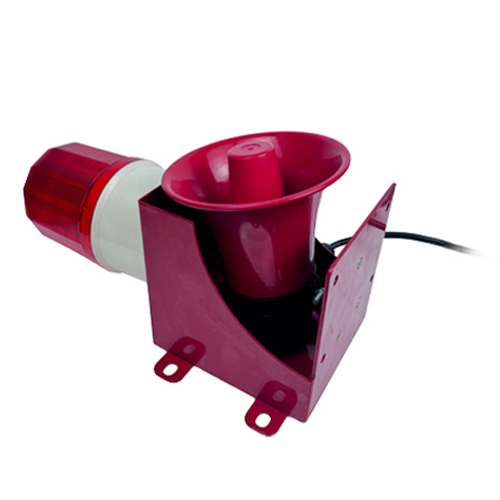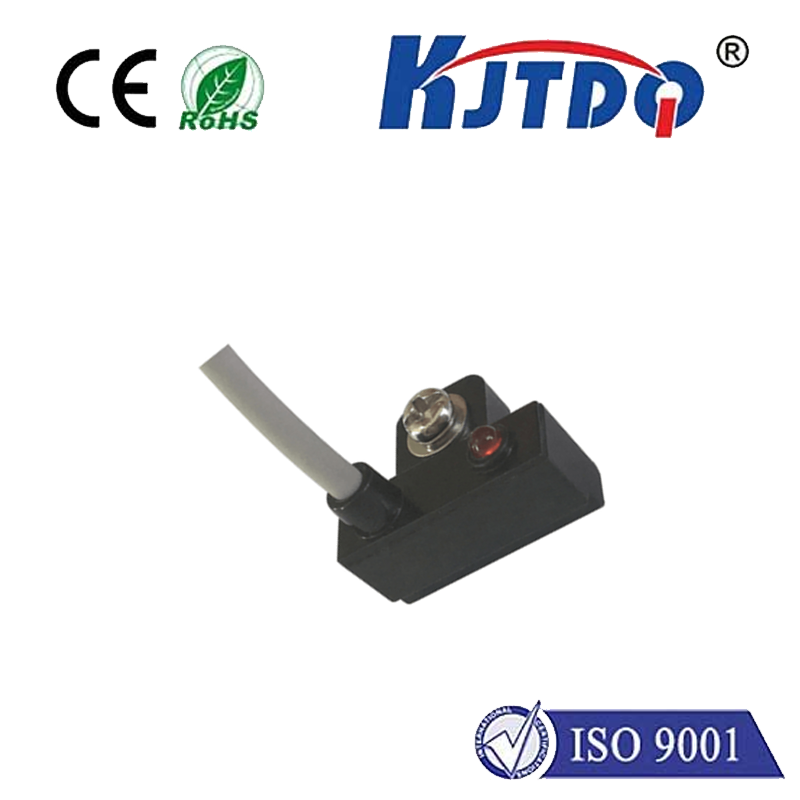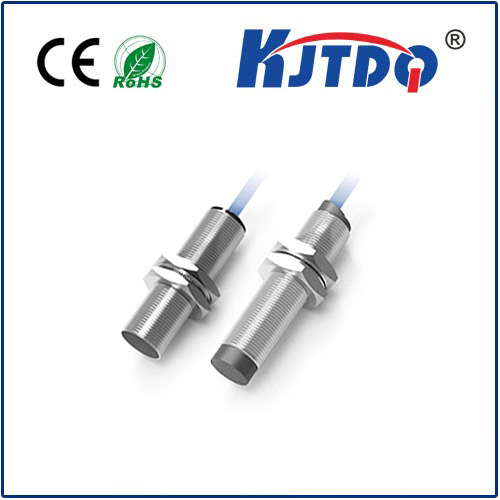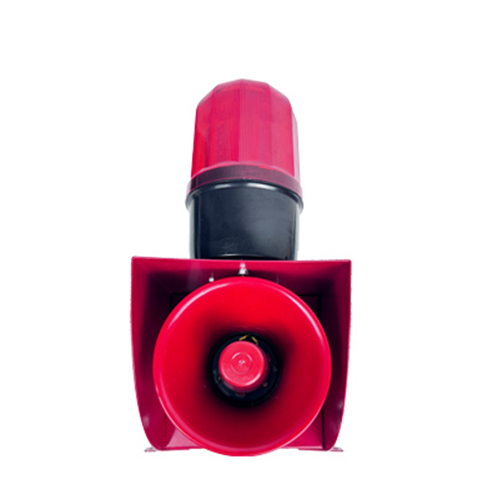lj12a3 4 z by proximity sensor
- time:2025-07-01 01:16:41
- Нажмите:0
LJ12A3-4-Z Proximity Sensor: Unlocking Reliable Detection in Demanding Environments
Imagine a dusty, oily production line. Metal shavings fly, lubricants splash, and machinery vibrates relentlessly. In this chaotic environment, a critical automated process relies on a tiny component to “see” the presence or absence of a metal part. Failure isn’t an option; it means costly downtime, production delays, and frustrated engineers. This is precisely the high-stakes world where sensors like the LJ12A3-4-Z proximity sensor prove indispensable. Far more than just a part number, it represents a robust, dependable solution for precise non-contact detection that keeps industries moving smoothly.
Proximity sensors are the unseen sentinels of modern automation. They detect the presence or absence of objects without physical contact, using electromagnetic fields, light, or ultrasonic waves. Inductive sensors, like the LJ12A3-4-Z, specifically excel at detecting metallic objects. Their core principle is simple yet effective: an oscillating electromagnetic field generated by the sensor is disturbed when a metal target enters its detection range. This disturbance triggers a change in the sensor’s internal circuit, resulting in a clean, reliable output signal – indicating “target present” or “target absent”. The beauty lies in this non-contact operation, eliminating wear and tear, reducing maintenance, and enabling high-speed detection impossible with mechanical switches.
So, what makes the LJ12A3-4-Z stand out in the crowded field of inductive proximity sensors? Its designation holds clues to its crucial specifications and its suitability for challenging industrial applications:

- Robust Construction for Harsh Environments: Engineered for industrial durability, the LJ12A3-4-Z typically boasts a rugged housing, often rated МП67 or higher. This means it’s highly resistant to dust ingress and can withstand temporary immersion in water – essential qualities foundries, machining centers, fluid handling systems, and outdoor equipment. It shrugs off common industrial challenges like cutting fluids, coolants, and pervasive grime.
- Precision Sensing Distance: The “4” in its name usually signifies its nominal sensing range – 4 millimeters. This specific range is ideal for applications requiring close-proximity detection with high repeatability accuracy. Think precise positioning of metal parts on an assembly line, verifying the closed position of a metal guard, or confirming the presence of a small component in a fixture.
- Reliable Electrical Output: The “Z” suffix commonly indicates the output type and wiring configuration. Frequently, this denotes a 3-wire DC sensor with a PNP (sourcing) transistor output. PNP outputs are widely compatible with Programmable Logic Controller (PLC) inputs configured for positive switching logic common in many regions and systems. This ensures seamless integration into existing industrial control systems.
- Stable Operation & Long Life: Designed for continuous operation, these sensors offer exceptional electrical stability across their operating voltage range (commonly 10-30V DC). They are built to withstand electromagnetic interference (EMI), ensuring signals remain reliable even near motors, drives, or welders. With no moving parts to wear out, their service life significantly outlasts mechanical switches, dramatically reducing replacement costs and downtime.
- Embedded Protection Features: Quality LJ12A3-4-Z sensors incorporate vital safeguards like short-circuit protection, reverse polarity protection, and overload protection. These features shield the sensor (and potentially the connected control system) from accidental wiring errors or unexpected electrical surges, enhancing overall system resilience.
Why Choose the LJ12A3-4-Z? Key Advantages Summarized:
- High Resistance to Contaminants: Performs reliably in dirty, wet, or oily environments where optical sensors would fail.
- Non-Contact Detection: Eliminates mechanical wear, enabling silent operation and near-infinite lifespan concerning contact cycles.
- Fast Response Times: Capable of detecting objects at high speeds, crucial for modern, fast-paced automation.
- Positional Accuracy: The 4mm range provides precise detection for applications where proximity matters.
- Simple Installation & Integration: The standardized cylindrical M12 form factor and clear wiring (Brown = +V, Blue = 0V, Black = Signal) make retrofitting or adding new sensors straightforward.
- Cost-Effective Reliability: Delivers consistent performance over extended periods, minimizing maintenance costs and production interruptions.
Where Does the LJ12A3-4-Z Shine? (Common Applications)
The combination of durability, specific sensing range, and robust output makes this sensor a go-to choice in numerous sectors:
- Factory Automation: Detecting the presence of metal parts on conveyors, checking end positions of cylinders (cylinder position sensors), verifying component insertion, monitoring pallet positions, ensuring machine guarding is closed.
- Packaging Machinery: Confirming the presence of metal lids, foil seals, or cans before filling or capping; detecting metal components within packaging mechanisms.
- Перевозка материалов: Monitoring position of metal rollers, detecting metal totes or pallets, confirming the passage of metal items through chutes.
- Machine Tools (CNC): Verifying tool presence in the spindle (tool changer position), confirming chuck closure, detecting fixture position, monitoring coolant flow presence via a metal target.
- Automotive Manufacturing: Endless applications on assembly lines, including part presence verification at stations, weld nut detection, door latch position sensing, and robotic tooling confirmation.
- Hydraulic & Pneumatic Systems: Monitoring piston position within cylinders (using a metallic target) when dedicated cylinder sensors aren’t used.
Optimizing Performance with Your Proximity Sensor
To get the most out of your LJ12A3-4-Z sensors:
- Mount Securely: Ensure proper installation using the correct bracket or nut. Minimize vibration transmission if possible.
- Respect the Sensing Range: Understand the difference between nominal (4mm), guaranteed operative, and reduced ranges. Factor in target material, size, and approach angle (axial approach is optimal for cylinders). Always test in the actual application.
- Choose the Right Target: Ensure the target material is ferrous metal (steel, iron) for optimal inductive sensing distance and reliability. The target size should be at least equivalent to the sensor’s sensing face diameter.
- Check Wiring Meticulously: Verify power supply (10-30V DC) and ensure correct wiring (Brown/+V, Blue/GND, Black/Signal for PNP) to prevent damage. Use shielded cable in high-noise environments.
- Consider Environmental Extremes: While robust, understand the sensor’s temperature limits and avoid exposing it to chemicals beyond its specified resistance. Its high IP rating protects against particulates and water, but doesn’t grant immunity to all chemicals or excessive physical impact.
In the intricate dance of modern industrial automation, reliable component detection is fundamental. The LJ12A3-4-Z inductive proximity sensor, with its specific 4mm range, robust PNP output, and exceptionally rugged construction, provides a proven, cost-effective solution. It delivers the critical reliability needed in the face of dirt, moisture, vibration, and electrical noise. For engineers and maintenance professionals seeking a workhorse sensor to ensure machine uptime and process integrity in demanding metal detection tasks, understanding the capabilities

